The Atomic Spectroscopy Market is currently characterized by a dynamic competitive landscape, driven by technological advancements and increasing demand for precise analytical solutions across various sectors, including environmental monitoring, pharmaceuticals, and food safety. Key players such as Agilent Technologies (US), Thermo Fisher Scientific (US), and PerkinElmer (US) are at the forefront, leveraging innovation and strategic partnerships to enhance their market positions. Agilent Technologies (US) focuses on expanding its product portfolio through continuous research and development, while Thermo Fisher Scientific (US) emphasizes its commitment to sustainability and digital transformation, aiming to integrate AI-driven solutions into its offerings. PerkinElmer (US) is also actively pursuing collaborations to enhance its capabilities in atomic spectroscopy, thereby shaping a competitive environment that prioritizes technological advancement and customer-centric solutions.
The business tactics employed by these companies reflect a concerted effort to optimize operations and enhance market presence. Localizing manufacturing and optimizing supply chains are prevalent strategies, allowing companies to respond swiftly to market demands and reduce operational costs. The market appears moderately fragmented, with several players vying for dominance, yet the collective influence of major companies is significant in shaping industry standards and driving innovation.
In August 2025, Agilent Technologies (US) announced the launch of its latest atomic spectroscopy instrument, which integrates advanced AI algorithms to enhance analytical accuracy and efficiency. This strategic move is likely to position Agilent as a leader in the market, as it addresses the growing need for high-performance analytical tools that can meet the stringent requirements of regulatory bodies and industry standards. The introduction of AI capabilities not only enhances the functionality of the instrument but also aligns with the broader trend of digital transformation within the industry.
In September 2025, Thermo Fisher Scientific (US) unveiled a new partnership with a leading environmental monitoring organization to develop innovative solutions for detecting trace elements in water samples. This collaboration underscores Thermo Fisher's commitment to sustainability and environmental stewardship, as it seeks to provide cutting-edge analytical solutions that address pressing global challenges. The partnership is expected to enhance Thermo Fisher's market reach and reinforce its reputation as a provider of reliable and accurate analytical instruments.
In July 2025, PerkinElmer (US) expanded its global footprint by establishing a new manufacturing facility in Europe, aimed at increasing production capacity for its atomic spectroscopy products. This strategic expansion is indicative of PerkinElmer's intent to localize its operations and better serve its European customer base. By enhancing its manufacturing capabilities, the company is likely to improve supply chain efficiency and responsiveness, thereby strengthening its competitive position in the market.
As of October 2025, the Atomic Spectroscopy Market is witnessing a shift towards digitalization, sustainability, and AI integration, which are defining the current competitive trends. Strategic alliances are increasingly shaping the landscape, as companies recognize the value of collaboration in driving innovation and enhancing product offerings. Looking ahead, competitive differentiation is expected to evolve, with a pronounced shift from price-based competition to a focus on innovation, technological advancements, and supply chain reliability. This transition suggests that companies that prioritize these aspects will likely emerge as leaders in the Atomic Spectroscopy Market.


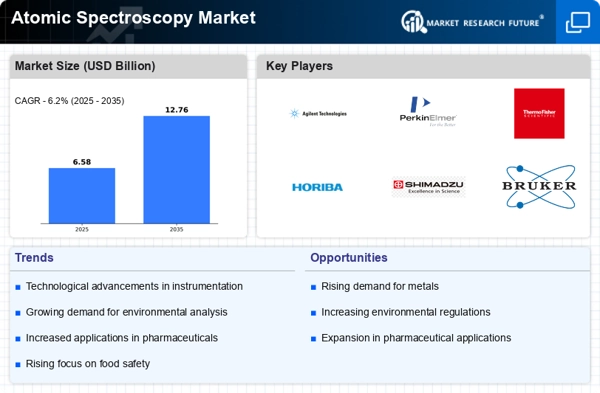
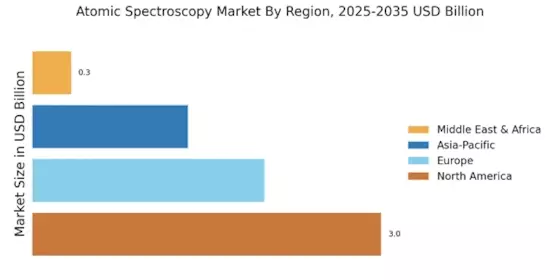

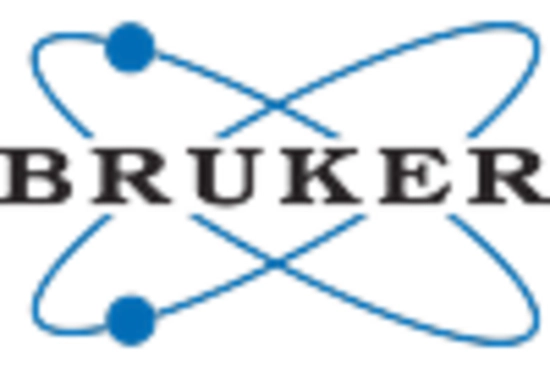
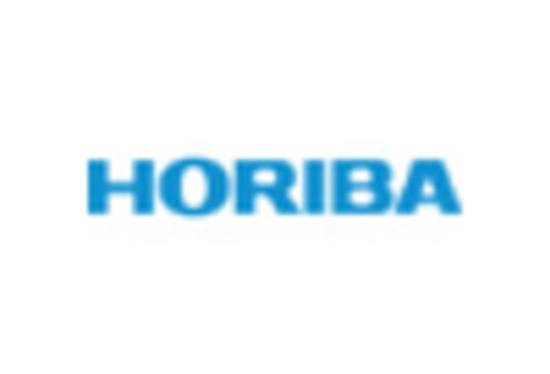

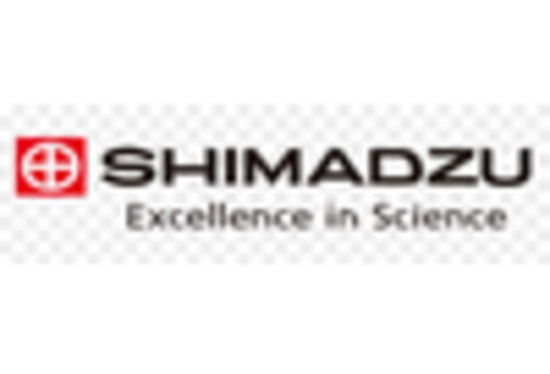









Leave a Comment